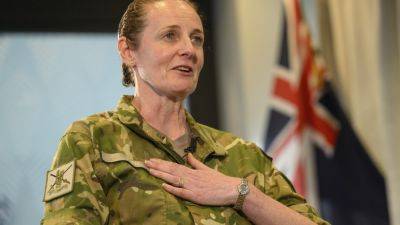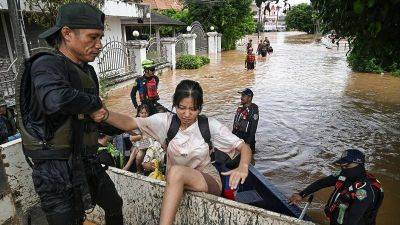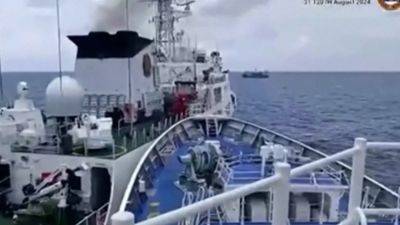A path to peace and stability in insurgent-riddled Balochistan
The insurgency in Balochistan has intensified, marked by a surge in violent attacks by Baloch insurgents across the region. On August 26, the anniversary of the death of Baloch autonomy leader Nawab Akbar Bugti, the Baloch Liberation Army (BLA) orchestrated a series of deadly assaults in Lasbella, Makran and Gwadar, resulting in significant casualties.
Notably, in Lasbella, the Frontier Corps’ check post was attacked by a female suicide bomber – Maheel Baloch – leading to the death of several security personnel. Maheel Baloch was the third Baloch female, after Shari Baloch and Sumaiya Qalandrani, who have carried out suicide attacks.
For the first time, BLA militants extended their operations into the Pashtun belt of Balochistan, where they intercepted passenger buses and brutally executed 23 individuals from Punjab province after scrutinizing their identity cards. This attack underscores the increasing ferocity of the insurgency.
Balochistan is now grappling with the most intense phase of its fifth insurgency. The first Baloch uprising erupted in 1948, followed by subsequent rebellions in 1958, 1963, and 1973 during the regime of Zulfikar Ali Bhutto.
The current wave is the fifth in this series, which began in 2004. It gained strength after the death of Nawab Akbar Khan Bugti, who was killed on August 26th, 2006, in the district of Kohlu.
The response of Pakistan’s military establishment, often referred to simply as “the Establishment,” has been fundamentally flawed from the outset. What began as a political issue has been mishandled and transformed into a purely security matter by both the federal government and the military.
This heavy-handed approach has aggravated the situation, plunging the entire province into a







